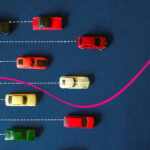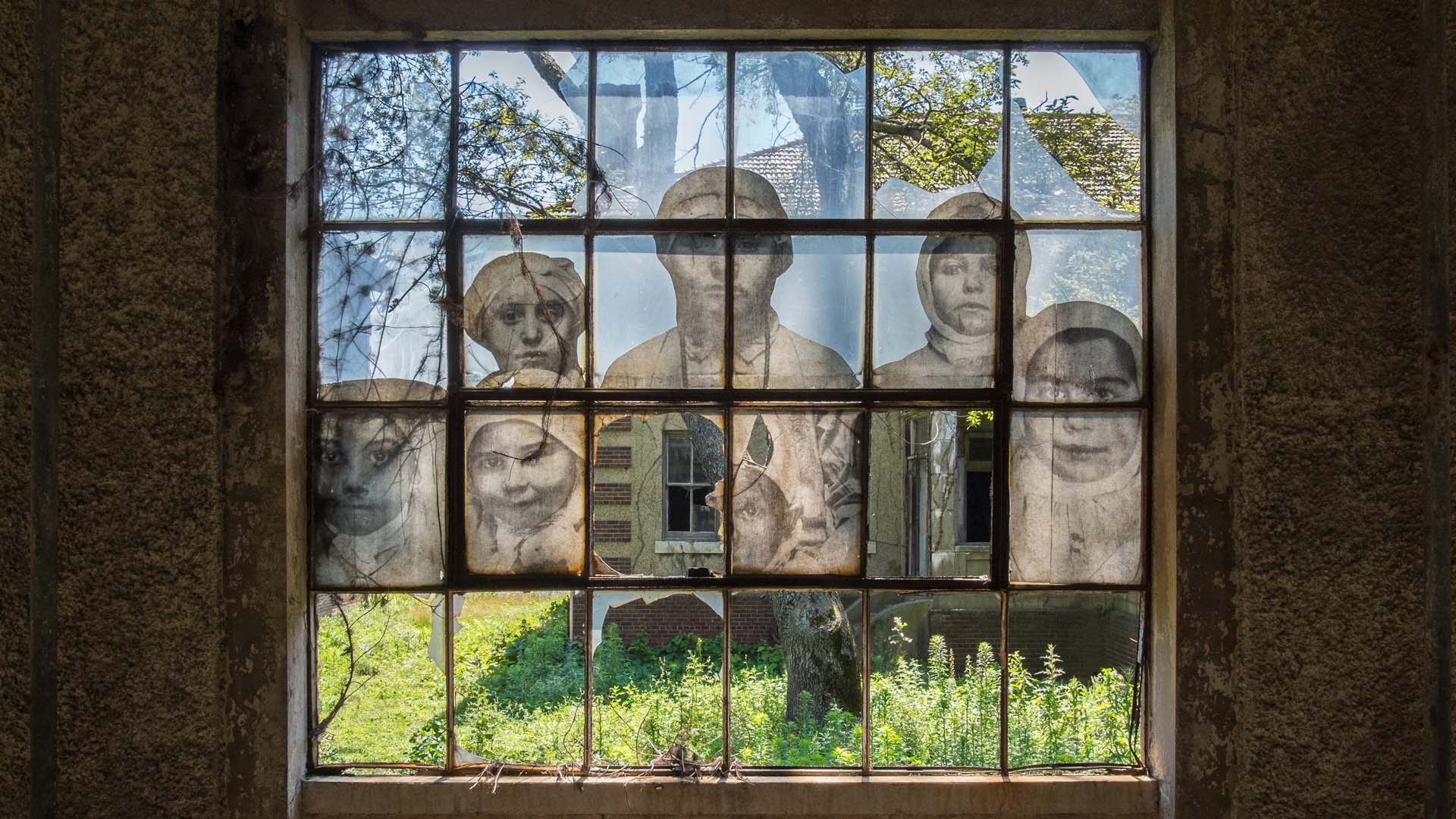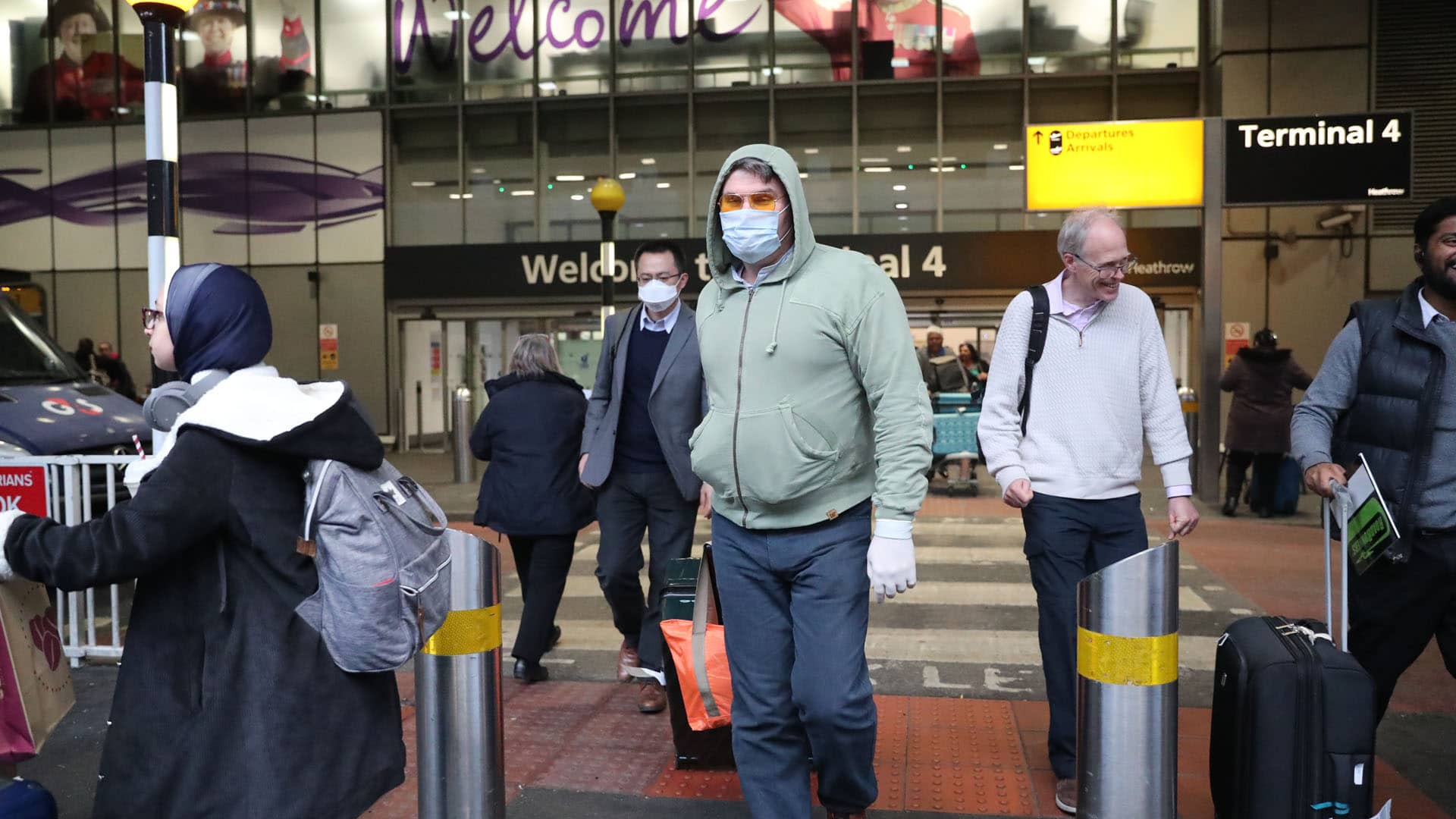The Undark Interview: A Conversation With Alan M. Kraut
As an expert on the history of immigration in the United States, and as a historian of medicine, Alan M. Kraut is all too aware of the complex connections between the arrival of new people on American shores, and the fear of illness and disease — something he explored in detail in his 1995 book, “Silent Travelers: Germs, Genes, and the ‘Immigrant Menace.’’’
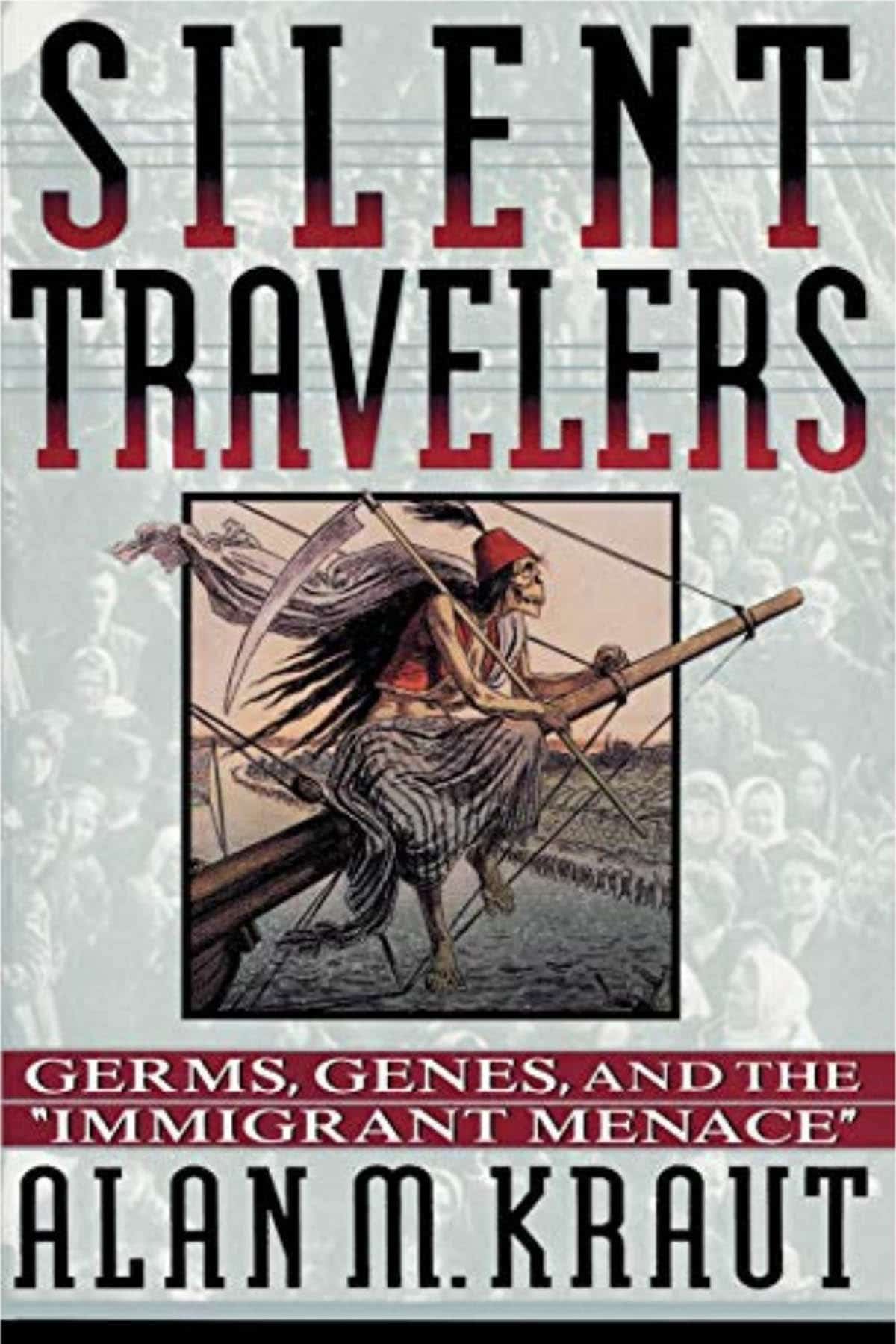
“Silent Travelers: Germs, Genes, and the Immigrant Menace,” by Alan M. Kraut (Johns Hopkins University Press, 384 pages).
Kraut, who teaches at American University in Washington, D.C., is currently working on a book about the role of xenophobia and nativism in American history. In 2017, he received the Lifetime Achievement Award from the Immigration and Ethnic History Society.
For this installment of the Undark Interview, I spoke with Kraut about the long and multi-faceted interplay between immigration and issues of health and medicine, from the earliest days of American nationhood to the current Covid-19 pandemic.
Our conversation has been edited for length and clarity.
UNDARK: It’s no secret that immigrants to the United States have faced all manner of racism and hostility over the years — indeed, over the centuries. How much of that hostility has been connected to a fear of illness and disease?
ALAN M. KRAUT: Throughout American history, one of the themes of American xenophobia has been fear of the foreign-born because they are either disease-bringers to the United States, or else because they come in such poor physical condition that they’re going to end up being a public charge, and unable to support themselves and be productive members of American society, in an economic sense. So it’s been a key theme throughout our history. And in moments of epidemic, those allegations — that the foreign-born are disease-bringers — become especially salient and significant.
So for example, if one thinks about the cholera epidemic of 1832, which hit the East Coast of the United States very hard, one of the themes was that it was the Irish Catholic immigrants, who were coming in ever-greater great numbers, who were bringing the cholera epidemic with them, and who were infectious and spreading the disease.
If you think of the 1900 appearance of bubonic plague in California, especially in the San Francisco area, [there was] an anti-Chinese theme, and at one point a big rope was looped around Chinatown in San Francisco, and the Chinese were not permitted to leave the Chinatown area. And at one point, local officials considered the idea of burning entire thing down.
Other diseases, like tuberculosis — which was a very, very significant killer in the 19th century — were often blamed on eastern European Jewish immigrants. In fact, the disease was sometimes referred to as the “Jewish disease,” or the “tailor’s disease.” And so throughout American history, right up to the present stigmatization of the Chinese for the coronavirus, you have this underlying theme. I’ve often referred to it as the “other pandemic” — a pandemic of hate, a pandemic of prejudice.
UD: Another idea that shows up in your research is that diseases, rather than striking at random, are imagined to indicate some sort of character flaw on the part of the victim. Today this strikes most of us as absurd; it sounds like victim- blaming. How was it justified at the time?
AK: Actually, I think I’m seeing that right now: Some people are hiding their status, if they’ve tested positive for coronavirus, because there’s a stigma attached to it. The great sociologist Erving Goffman said, back in the 1960s, that the body is one of the key focuses for that kind of prejudice. And certainly victim-blaming is a part of that, that somehow it’s your fault if you’ve contracted this disease.
I mentioned the 1832 cholera epidemic: Irish Catholic immigrants were described, in the attacks on them, as particularly ignorant and filthy, and therefore harboring the disease. And so a connection was made between their personal hygiene, and bringing the disease. Similarly with eastern European Jews and tuberculosis: You often see, in the descriptions [written by] nativists, discussions of eastern European Jews as being filthy; their homes and places of businesses dirty and unkempt.
UD: Victim-blaming is bad enough — but it sounds like it also served to shift attention away from issues like clean water, good sewage, alleviating overcrowding, and so on?
AK: Part of the reason that immigrants often lived in poor living conditions, congested living conditions, was, number one, their poverty; they were working usually in labor-intensive jobs, under unhealthy working conditions. And very often the neighborhoods that immigrants lived in were areas that were often untouched by public health. In the case of the Irish immigrants, they were often subjected to unclean water, and in fact it’s contaminated water that causes cholera. And very often, people were living in neighborhoods that didn’t have adequate sewage, or garbage pick-up.
All of the basic elements of public health were often underfunded in areas inhabited by the poor. Not just the immigrant poor, but the poor, generally. If you went into the American South, you often saw the same pattern playing itself out in the areas where free blacks were living, as opposed to whites. Poorer areas got poorer services, or no services at all.
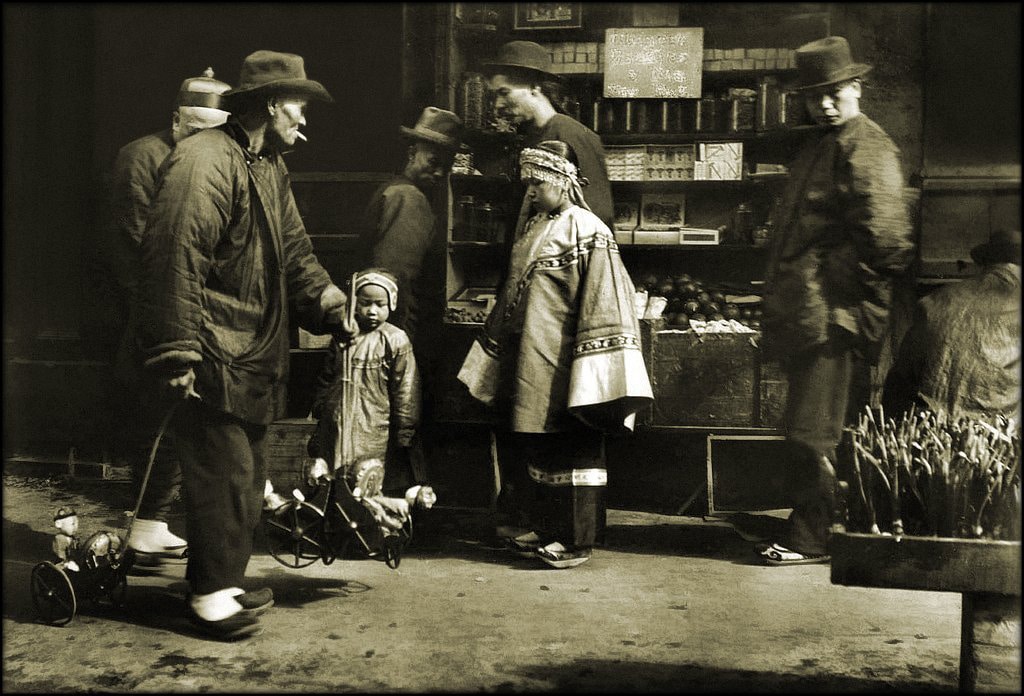
UD: And it’s been in the news these past couple of weeks that non-white communities are suffering the worst effects of the current coronavirus pandemic.
AK: This particular virus seems to be victimizing those with pre-existing health conditions. And very often in the African American community, you have pre-existing health conditions — often the result of poverty and inequality of services. People who have high rates of diabetes, high rates of high blood pressure, obesity — which contributes to heart disease and high blood pressure and diabetes — and these are all connected.
You can’t really pull apart and separate out these conditions from the broader conditions of life that are often responsible for these medical conditions: The absence of money for a good diet; the lack of proximity to stores that sell wholesome foods, and so on. If you exist on a poor diet, and you’re obese, and you have high blood pressure because of the diabetes — then you’ve got the perfect storm in terms of suffering the worst effects of something like this particular coronavirus.
UD: Can you give some example of how immigrant communities took issues of health care into their own hands?
AK: First of all, within the communities themselves, there were often physicians — either physicians who had been immigrants, or those who were second generation and had done their medical training in the United States. So these physicians not only treated members of their community, but became spokespersons, in effect, defending them against the charge of being a danger to the public health, and explaining the poverty and the congestion within these immigrant communities that often led to these health issues.
In addition to that, in moments of crisis, like during an epidemic, you’d have foreign-language newspapers that came to the forefront, trying to persuade members of the community to work with public health officials; to obey public health regulations. Remember, in a lot if immigrant communities — and this is true today as well — there is a healthy skepticism about things that they’re told by authority figures. They’re fearful of the police; they’re fearful of politicians; they’re fearful of those who don’t understand their customs. And those who came from totalitarian societies had every good reason to be suspicious of authority, and particularly government authority.
So now you come to a crisis point, where the authority is the commissioner of health, or the board of health, that is issuing orders about how to keep the community safe during a health crisis like an influenza pandemic. And the question is, will the communities conform? It’s sort of like the “stay at home” order that we’re all experiencing now.
It took a while until people got the message that, yes, you need to obey this; your health and survival depend on it. People were dying. Now complicate that with language difference, cultural difference, and so on — and you have an extremely urgent but complicated situation. And the immigrant press played a major role, with their articles and editorials, of encouraging their communities to comply.
UD: In those early examples that you mentioned — the early 19th-century cholera epidemic for example — the scientific understanding of disease was nowhere near what it is today. But at the same time, it’s not just about science; it’s also a question of public policy, and governance.
AK: There’s a lot of complexity here. Our modern understanding of disease, as related to micro-organisms, is really a product of the 1880s — the work of Robert Koch in Germany, Louis Pasteur in France, Joseph Lister in England. Before that, people attributed disease to either noxious eminences within the air — the “miasma” theory of disease — or just plain filth. People thought that filth created disease, rather than being an environment in which certain pathogens could thrive, and disease be caused. So part of the issue, throughout history, is how you understand disease.
The second part of the interplay is who pays for and who is responsible for the public’s health? Early in American history, in the early part of the 19th century, for example — that cholera epidemic of 1832 that I mentioned — it wasn’t clear that the government had responsibility for the public’s health. And it isn’t until 1866 that New York, for example, has a permanent sitting metropolitan board of health, with certain powers. It takes a long time to come to that. And when we’re talking about the federal government, it takes even longer.
UD: You wrote “Silent Travelers” before SARS, before Ebola, and of course before the Covid-19 pandemic. How does the current crisis fit in with these themes that we’ve been talking about — especially xenophobia and the fear of the “other”?
AK: I would argue that the current situation — and indeed some of the other diseases that you mentioned — SARS in particular — have been blamed on different ethnic groups, and have caused stigmatization and distancing and hatred.
The United States has always had what I call a love-hate relationship with immigration: We need it; we call ourselves a “nation of nations,” a nation of immigrants — and yet, when immigrants arrive, they often find themselves engaged in the kind of complex negotiations with the core society […] So what we’re seeing right now with the coronavirus is really an extension of what I call “old wine in new bottles” — and we’re watching this theme play out again, sometimes in very violent and horrible ways.
UD: Is there any good news in of this?
AK: The positive part is that, as each immigrant group becomes absorbed into the American population — or integrated, perhaps that’s a better word — the levels of prejudice directed against each group diminishes over time. You don’t hear people of Irish heritage stigmatized as they were in the 19th century. You sometimes hear Jews and Asians stigmatized, but again, to a lesser extent.
I would argue that prejudice doesn’t go away, but it does assume a different platform, and becomes less tied to issues of health and disease. That doesn’t mean that such charges can’t raise their heads at particular moments and under particular circumstances; but it is greatly diminished. But I think this situation — the medicalization of prejudice — is certainly something that’s been a very important theme in the history of ethnic relations within the United States.



